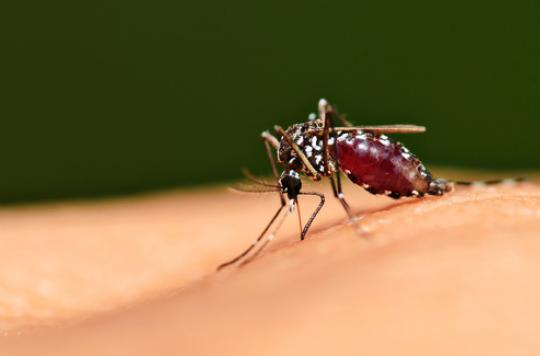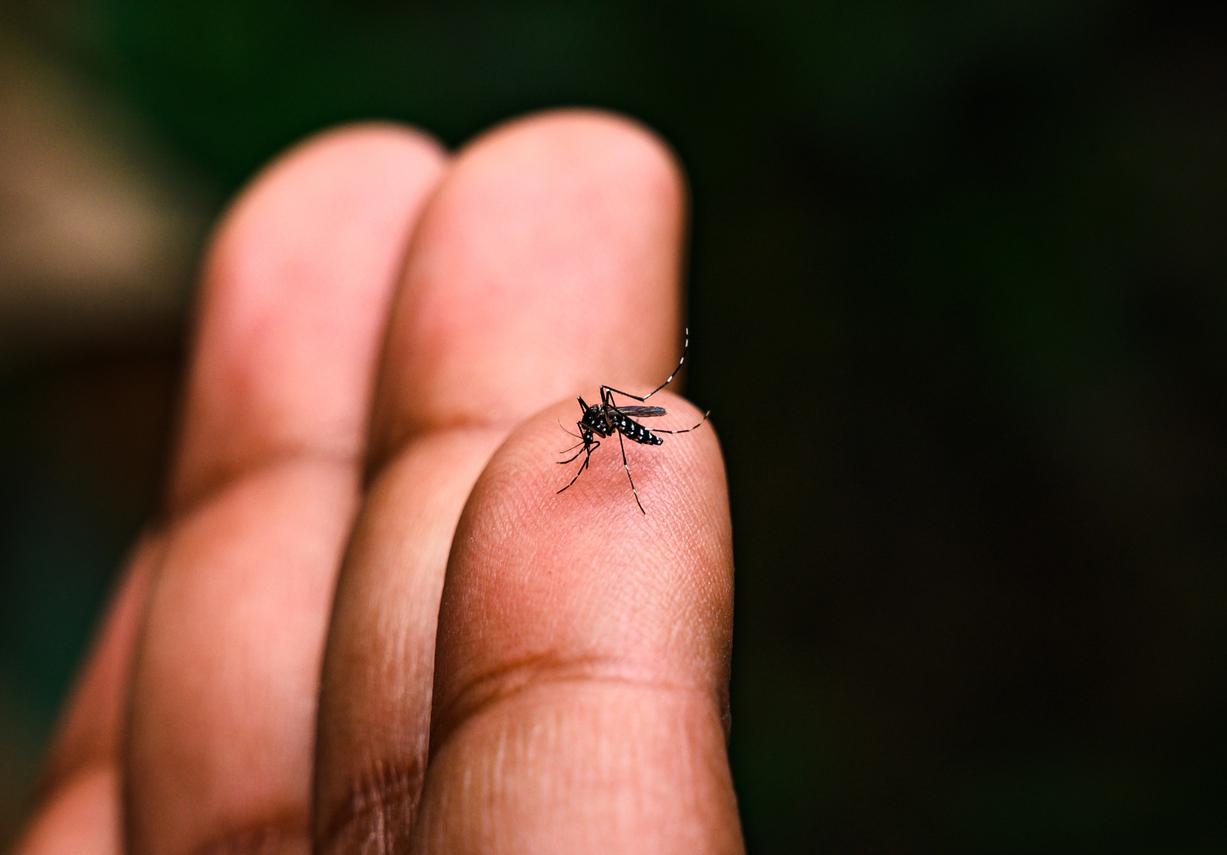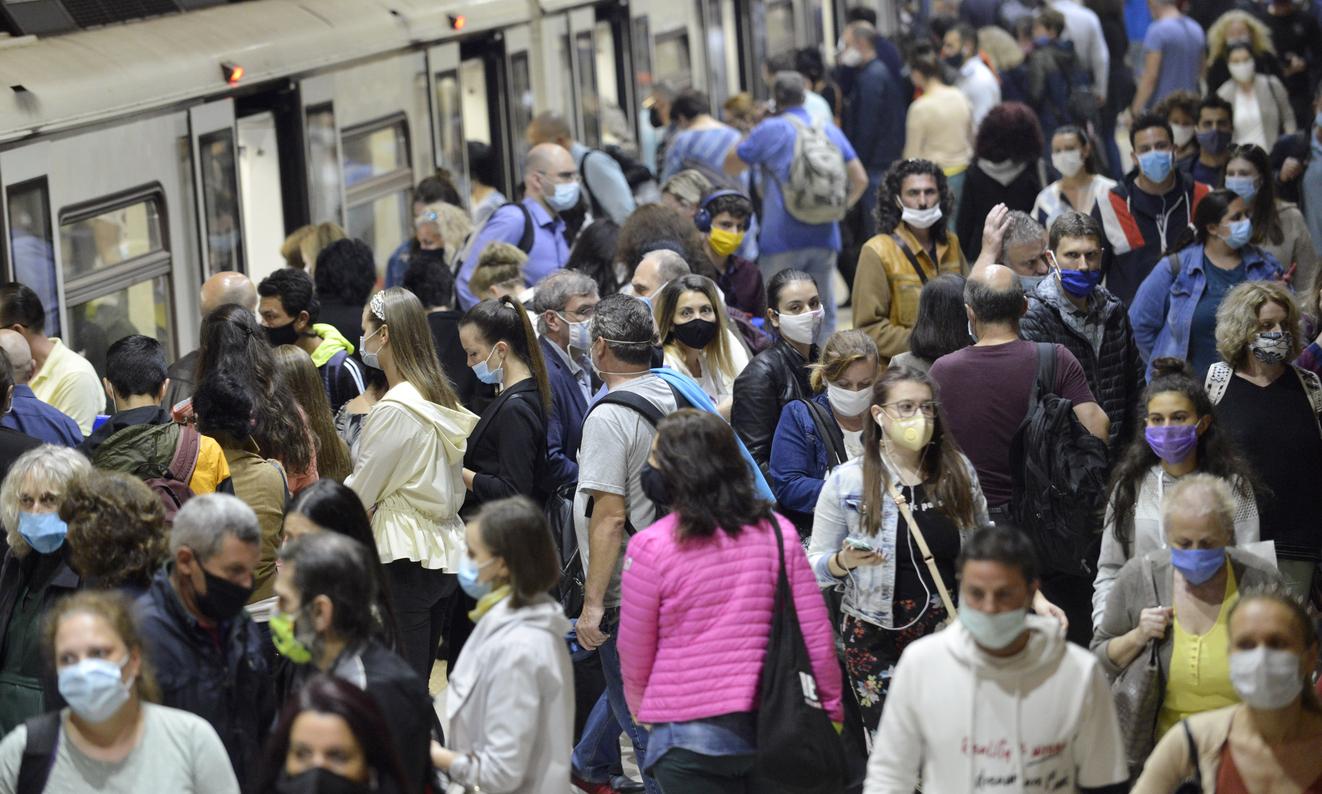Brazilian health authorities are alerting to the outbreak of yellow fever that is raging in the state affected by the rupture of the mine dam in 2015.

After the Zika and Chikungunya epidemics, and dengue surveillance, it is now yellow fever that worries the Brazilian authorities. The first signs of the epidemic were observed in mid-December, but it has intensified since the start of 2017.
Yellow fever has already affected 70 people, and killed 40, according to figures confirmed on Tuesday by the Brazilian Ministry of Health. But a total of 438 people are believed to be affected, and 89 deaths are suspected. This is already a “record”, since the establishment in 2008 of the disease surveillance system.
180-day state of emergency
The cases are concentrated in the province of Minas Gerais, located between Rio de Janeiro and Brasilia. More than 400 people are believed to have already been infected there, and authorities have confirmed 37 deaths, while 47 more are currently being investigated. The local governor has declared a 180-day state of emergency there.
In order to stem the progression in this region, the ministry launched a major vaccination campaign, and sent 2.4 million doses. The vaccine system has also been strengthened in other affected regions. The French Embassy in Brazil strongly recommends vaccination for travelers to and from the country.
Responsible mining sludge?
Minas Gerais is the state in which a dam broke in 2015, dumping millions of cubic meters of toxic sludge into nature, from the mines that dot the region. And the epidemic zone, which includes Espirito Santo, seems to correspond to that affected by this pollution.
In this state, about fifty monkeys were found dead at the beginning of the year, probably from yellow fever. Voices are rising to denounce the effects on the ecosystem of this ecological disaster, which would have, by modifying the environment, favored the proliferation of mosquitoes, vectors of yellow fever.
Keep the virus away from cities
The Ministry of Health is reassuring, ruling out for the moment, for lack of evidence, the hypothesis of a link between toxic sludge and the current epidemic. It is focused on removing epidemic foci in urban regions, which have been spared for the moment. The mosquito that transmits the virus is different from that of cities, vector of Zika or Chikungunya, for example.
As a reminder, yellow fever is caused by monkey-to-human or human-to-human transmission, via a mosquito bite. It results in a phase of infection including fever accompanied by chills, muscle and back pain, headache, loss of appetite, nausea and vomiting. Secondly, about 15% of those infected develop more severe symptoms, intense fever, bleeding and deterioration of kidney function, leading to death in every other case, and within two weeks.
.















